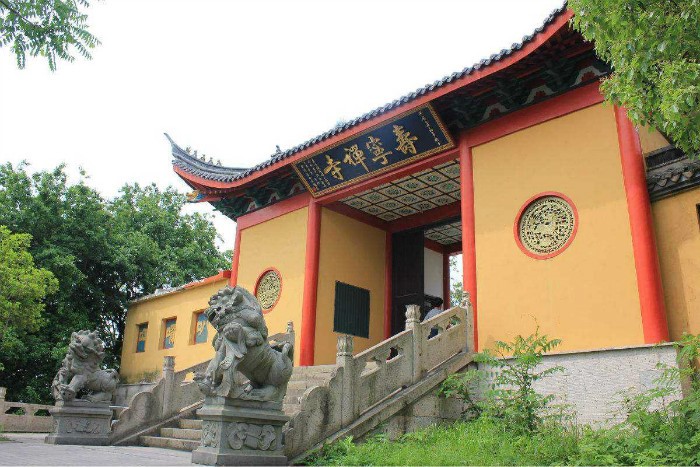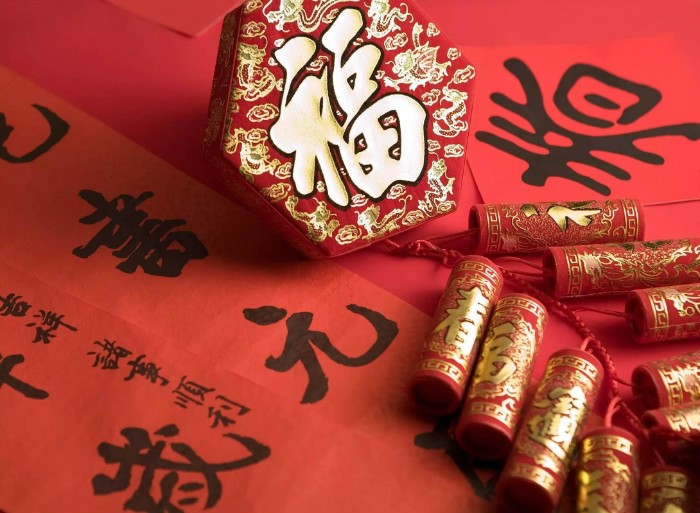
A Proper Address of a Monk Read More

A Proper Address of a Monk Read More
Eid is the most important festival for the Hui people. Read More
According to historical data, the safety factor of Chinese railways is the highest in the world, so if you travel by train in China, it is quite safe. In addition, China has built a high-speed rail system connecting almost all major cities. It continues to expand. Read More
Nanwan monkey island is the only national nature reserve in China and even the world to protect rhesus monkeys. Read More
If you ask what is the highlight of Qingdao, I can say xiao Qingdao without hesitation. Read More
Located on the yellow sea in the southeast of Jinzhou district, Dalian city, Read More
Cultural exchanges between China and the west are mutually beneficial and make common progress. China’s four great inventions (papermaking, printing, gunpowder, and the compass), as well as sericulture and silk-making, spread to the west. This greatly accelerated the development of the whole world.
In addition to fine Chinese goods, many advanced Chinese technologies were exported to the west, such as silkworm production, silk weaving, papermaking, movable type printing and gunpowder.

During the han dynasty (206bc-220ad), China monopolized the silk trade by keeping production techniques secret. A han princess smuggled silkworms and seedlings and skilled workers into yutian (now hetian). It was not until the 12th century that the technique spread to Western Europe.
In 750 AD, a war broke out between the tang dynasty (618-907) and the Arab empire at bishkek, and the tang army was defeated. As a result, the arabs brought Chinese captives to samarkand along the silk road. Among them were paper workers.
Printing was introduced to central Asia during the tang dynasty. In the 13th century, many europeans came to China via the silk road and brought printing back to Europe. In 1444, German inventor Gutenberg used a similar printing technique to print the bible.
In the early 13th century, Mongol tribes used gunpowder in their westward campaigns to eliminate resistance to them. It was the equivalent of a weapon of mass destruction.
What’s more, karez technology was introduced into western China during the han dynasty. The han troops stationed in the western regions used this technique to store water in desolate conditions. From The Three Kingdoms (220-280) to the tang dynasty (618-907), western and central Asian music, dance, acrobatics and art were introduced to China. The Persian kung fu (23-stringed) and pipa joined the ranks of traditional Chinese instruments during the han dynasty (206bc-220ad).
Material and cultural exchanges are also taking place on this long trade road. Western products such as grapes, clover, walnuts, carrots, peppers, beans, spinach, cucumbers, pomegranates, rare animals, medicinal herbs, condiments and jewelry have poured into China. Chinese porcelain and lacquerware also spread to the west.
WHITE has certain similar connotations in both languages: purity, innocence. Such as the bride will wear white wedding in the marriage gauze, represents the purity of love. But there are differences. For example, in English there are white lies that refer to trivial, harmless, or well-intentioned untruths. In Chinese we have a lot of terms containing the color white. The following are just a few of them that may be confusing when we attempt to express them in English. One is 红白喜事.its proper translation would be” weddings and funerals”. This is because white is the traditional color for brides at western weddings.To have white at funerals would be offensive; and to have funerals described as happy occasions would be absolutely shocking to westerners, although the expression reflects a certain philosophic attitude of the Chinese towards death.

Black in two languages of the Chinese cultural meaning is roughly same, such as saddened, sinister and the meaning of evil. Besides, BLACK implies gloom, disgrace, misfortune, extreme anger. However, in business English, in the black has a good meaning. it means running a business profitably. In English and Chinese it is a perceptual color very strong affix.
We through the above study to understand the color in different cultures sometimes have different meanings, and sometimes even show the opposite meaning. For example, black is the color of mourning;red symbolizes danger,violence,or bloodshed; if you are afraid of something, you are yellow. But none of these sayings is true outside the English-speaking world. In china and other eastern Asian countries white is the color of mourning. In Russia red stands for beauty and life. In Italy and Germany you are yellow with anger, not with fear. So we need to study it, in order to avoid misunderstanding.
RED in Chinese often have “auspicious, festival happiness” meaning, but in The eyes of The English country, red sometimes means bleeding, violence or dangerous, so David Hawks in translating “A dream of red chamber” is to avoid The book title is The “red”, and The original novel ever use The title of The Story of stone “, processing is The Story of The Stone, and “悼红轩”was translated into The Nostalgia Studio,”怡红院”into The House of Green Delights, in order to avoid cultural differences can cause misunderstandings.

RED is usually associated with celebrations and joyful occasions in both cultures. so in English we find, for example,” to paint the town red ”means to celebrate, to go out to drink and have a good time. Red-letter days—holidays such as Christmas and other special days.” roll out the red carpet for someone” means to give a lavish welcome.
RED is also the color associated with revolution and socialism (革命和社会主义).
However, in English RED also have some negative connotations. Sometimes Red symbolizes danger, violence, or bloodshed. Some Westerners take RED as an evil omen or RED for danger, stemming from the spirits of bullfighters (斗牛士).RED further develops to be the synonym for political radical. Furthermore, RED has some extended meanings, such as cruelty, disaster, trivial formalities. For example, the thief was caught red-handed. Other examples are “get or go into the red(be in debt)”,”see red(lose control of oneself through anger, or indignation)”,”have red hands(commit a murder)”,”red-light district(a part of a town where one can hire prostitutes, so the modern Chinese Beijing opera The Red Lantern Story was often misunderstood by native English speakers)”,”red tape(unnecessary and over elaborate formalities)”,”a red battle(a cruel war)”.